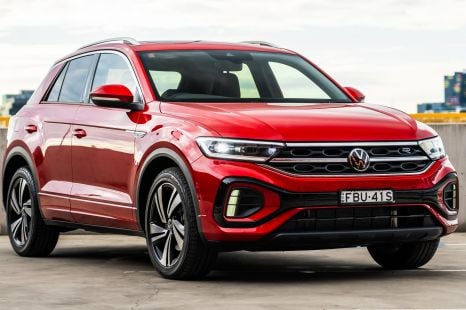

Max Davies
1 Month Ago

News Editor
MG is preparing to give its Mazda CX-3 rival a full suite of active safety equipment from the middle of 2020.
Following in the footsteps of the recently-released HS SUV, the updated MG ZS will pack the full MG Pilot suite of semi-autonomous driver assists.
The suite includes autonomous emergency braking (AEB), adaptive cruise control, lane-departure warning, forward collision warning, blind-spot monitoring, lane change assist, and rear cross-traffic alert.
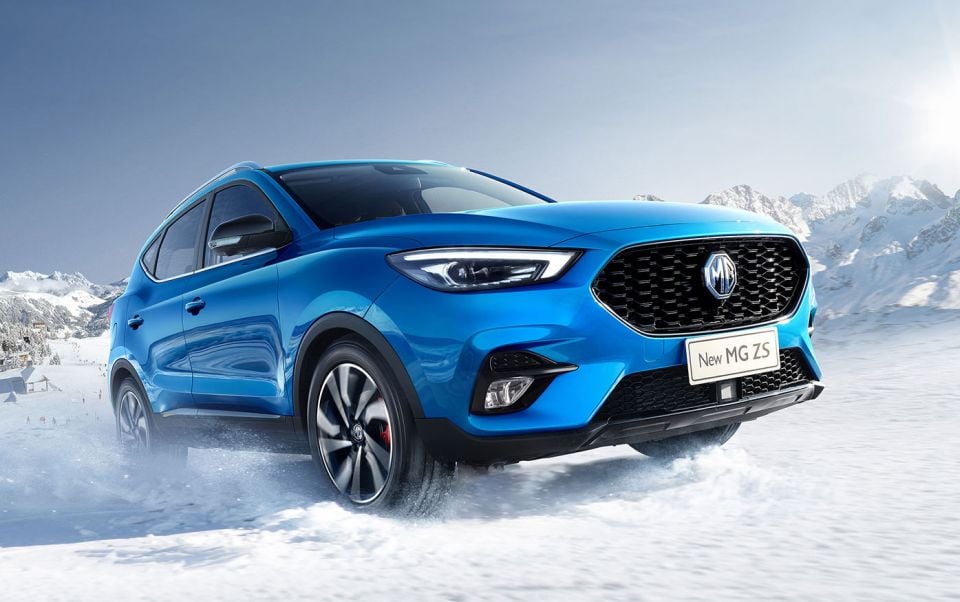
The update will give the ZS a boost against rivals such as the Hyundai Venue and Honda HR-V, neither of which offers adaptive cruise control at any price point.
“Technology-wise, [the new ZS will] be a significant upgrade,” said MG Australia product planning manager Akshat Ahuja.
“Now that we have MG Pilot on the market with the HS, that is definitely our focus to give our customers the safest car on the market.”
The facelifted ZS is already available in China.
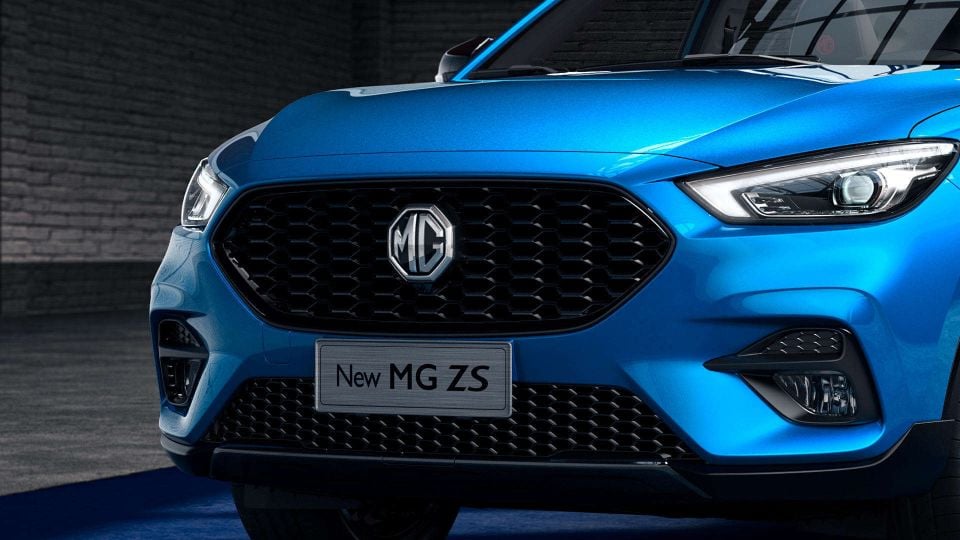
The exterior freshening is subtle, with new headlights and taillights and a more subdued grille design.
The MG Pilot suite of safety technology is standard, and the car features a new turbocharged 1.3-litre three-cylinder engine producing 120kW and 230Nm, mated to a six-speed automatic transmission.
The existing naturally-aspirated 1.5-litre four-cylinder engine has also picked up a continuously variable transmission (CVT).
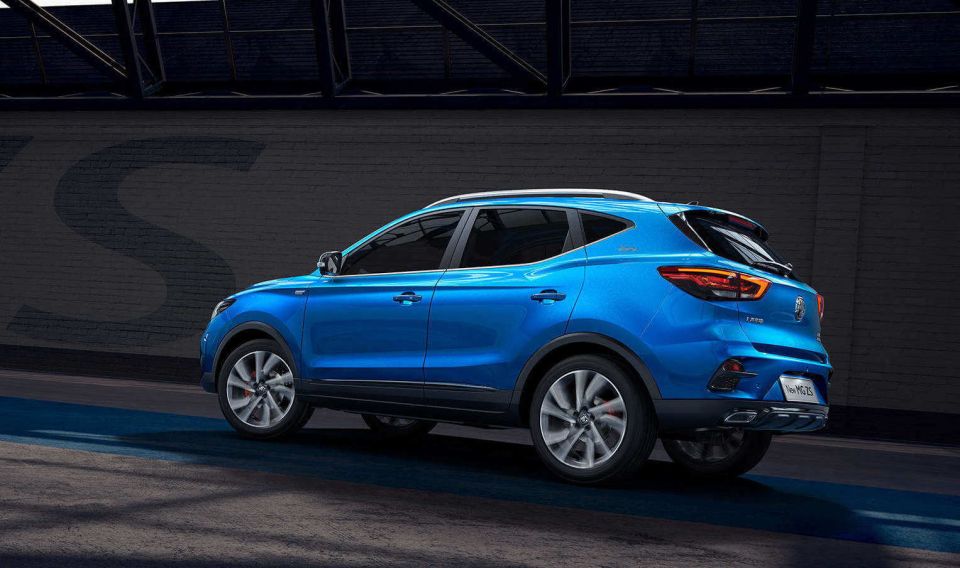
MG Motor hasn’t yet confirmed which engines will be offered in Australia.
Currently, the Australian ZS is currently offered with a choice between a 1.5-litre engine making 84kW and 150Nm, and a turbocharged 1.0-litre three-cylinder with 82kW and 160Nm.
Available transmissions are a four- and six-speed automatic, respectively.
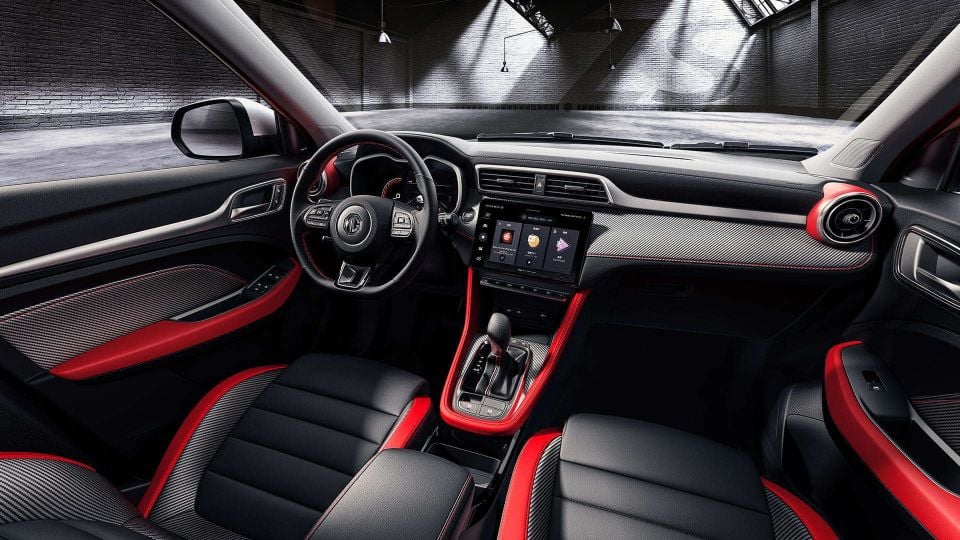
Inside the updated ZS, the touchscreen has grown to 10.1 inches. There’s also more artificial leather on touch points to more closely resemble the cabin of the larger HS, as well as a brash black-and-red interior option.
There’s no word on whether the facelifted range will arrive before the pure-electric e-ZS.
MG has been accepting orders for the e-ZS SUV since November, and has priced the first 100 units at $46,990 before on-road costs.

That puts the cost of entry below electric rivals such as the Nissan Leaf ($49,990 before on-road costs) and Hyundai Ioniq Electric Elite ($52,941 drive-away), and well below the Hyundai Kona Electric Elite ($65,340 drive-away) crossover.
The front-wheel drive e-ZS is powered by a 105kW/353Nm electric motor mated to a 44.5kWh lithium-ion battery.
Total electric range is a claimed 262km, while the e-ZS can be charged to 80 per cent in just 40 minutes using a 50kW rapid charging point.
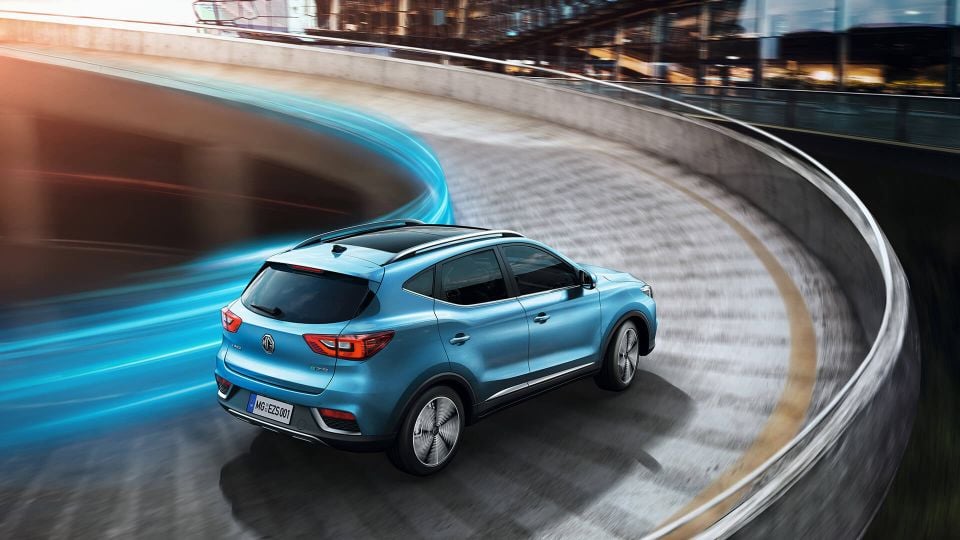
Take advantage of Australia's BIGGEST new car website to find a great deal on a MG ZS.
William Stopford is an automotive journalist based in Brisbane, Australia. William is a Business/Journalism graduate from the Queensland University of Technology who loves to travel, briefly lived in the US, and has a particular interest in the American car industry.


Max Davies
1 Month Ago
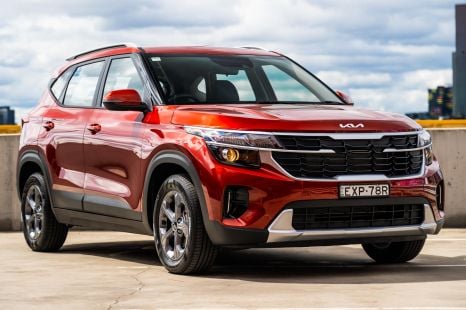

Jack Quick
1 Month Ago
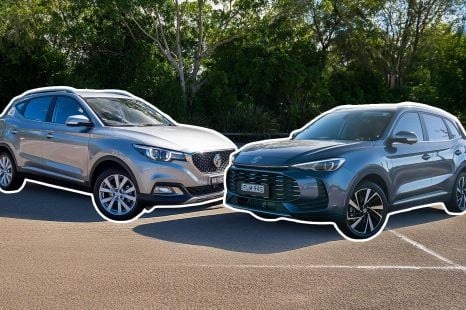

Andrew Maclean
29 Days Ago
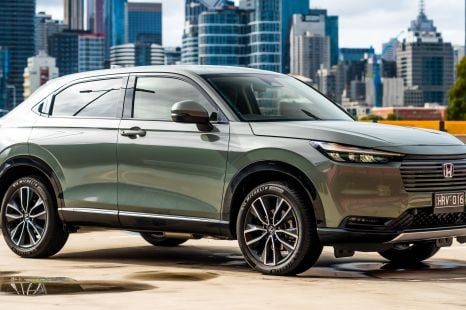

Josh Nevett
22 Days Ago
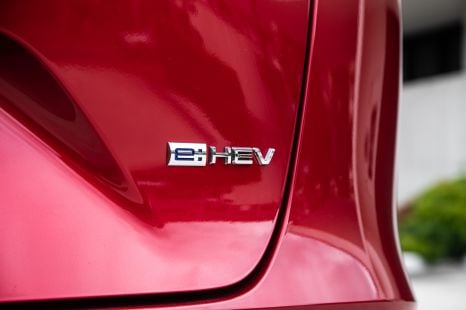

Andrew Maclean
20 Days Ago


Marton Pettendy
18 Days Ago